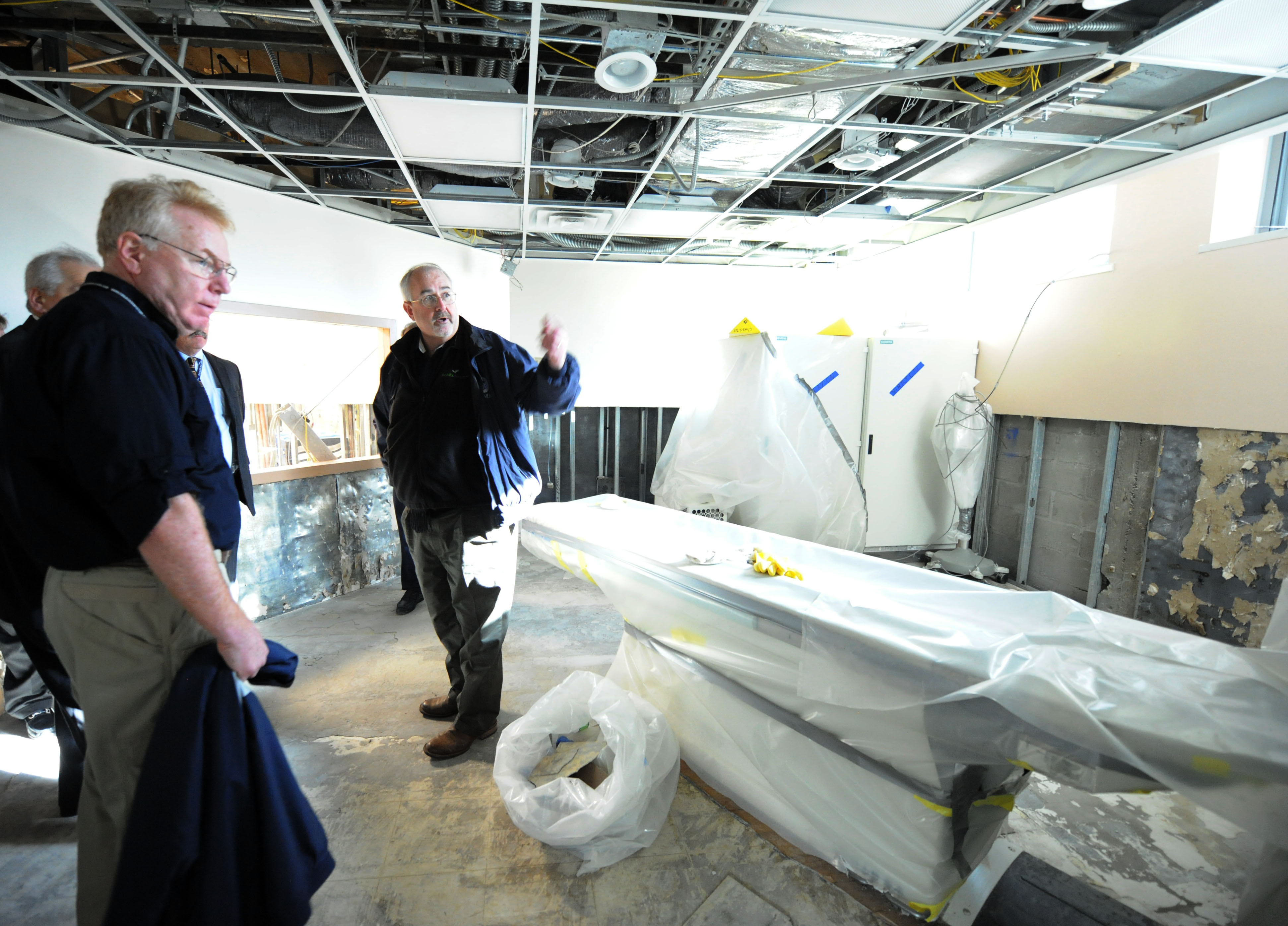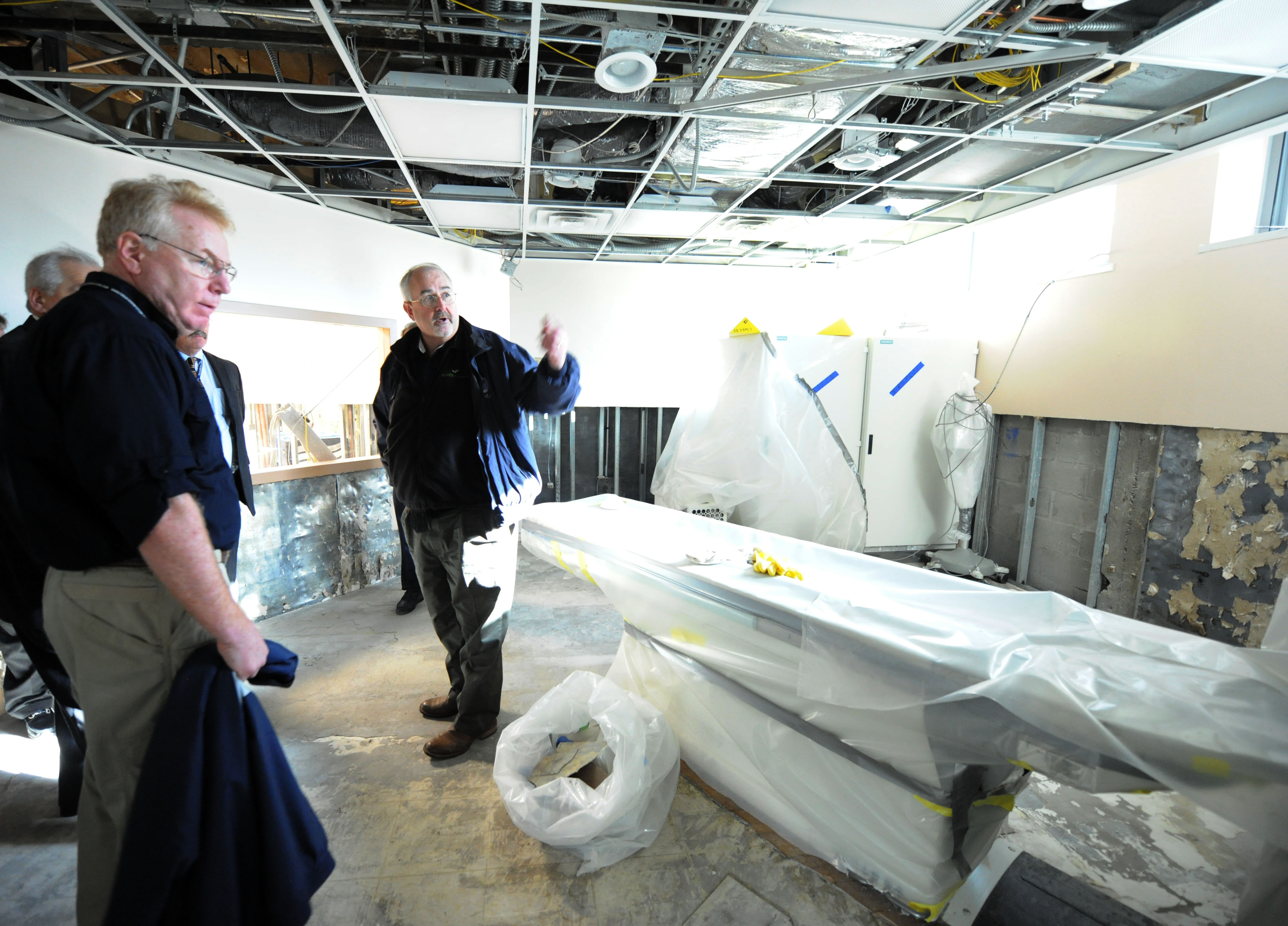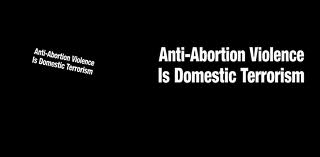From the field. International forensic nurse reporting from Kenya
Senior Fellow Nancy Cabelus, DNP, MSN, RN, is an international forensic nurse consultant currently working with Physicians for Human Rights on a program addressing sexual violence in conflict zones in central and east Africa.
In recent weeks I returned to Kenya to continue my work with Physicians for Human Rights, Program on Sexual Violence in Conflict Zones. In Kisumu, Kenya our team held a training workshop for 30 professionals on the cross-sectoral response to addressing the needs of survivors following sexual violence. Participants not only told us how greatly they appreciated the training but how important it was for them to meet and collaborate with colleagues from within their own community. It was an unusual opportunity that nurses and doctors would be invited to sit in the same training session as police officers, lawyers and magistrates. However, all sectors must learn to work together to properly investigate cases of sexual violence. A critical outcome of the workshop was that the participants all committed to holding follow-up meetings to continue collaborating on this newly formed network with a nurse taking the lead as the group coordinator.
Following the workshop, I returned to Nairobi where I had the pleasure of meeting Yeon Yoo, a registered nurse and trauma counselor from Seoul, Korea who has been working extensively with HIV infected women through an NGO called Harvest Women Center. Ms. Yoo is the daughter of CHMP Visiting Scholar, Nahmee Choi. Months ago, I virtually introduced Yoo and Choi to my Kenyan friend and colleague, Irene Mageto who resides in Nairobi. Mrs. Mageto is a registered nurse, lecturer, and PhD student.
Senior Fellow Nancy Cabelus, DNP, MSN, RN, is an international forensic nurse consultant currently working with Physicians for Human Rights on a program addressing sexual violence in conflict zones in central and east Africa.
In recent weeks I returned to Kenya to continue my work with Physicians for Human Rights, Program on Sexual Violence in Conflict Zones. In Kisumu, Kenya our team held a training workshop for 30 professionals on the cross-sectoral response to addressing the needs of survivors following sexual violence. Participants not only told us how greatly they appreciated the training but how important it was for them to meet and collaborate with colleagues from within their own community. It was an unusual opportunity that nurses and doctors would be invited to sit in the same training session as police officers, lawyers and magistrates. However, all sectors must learn to work together to properly investigate cases of sexual violence. A critical outcome of the workshop was that the participants all committed to holding follow-up meetings to continue collaborating on this newly formed network with a nurse taking the lead as the group coordinator.
Following the workshop, I returned to Nairobi where I had the pleasure of meeting Yeon Yoo, a registered nurse and trauma counselor from Seoul, Korea who has been working extensively with HIV infected women through an NGO called Harvest Women Center. Ms. Yoo is the daughter of CHMP Visiting Scholar, Nahmee Choi. Months ago, I virtually introduced Yoo and Choi to my Kenyan friend and colleague, Irene Mageto who resides in Nairobi. Mrs. Mageto is a registered nurse, lecturer, and PhD student.







